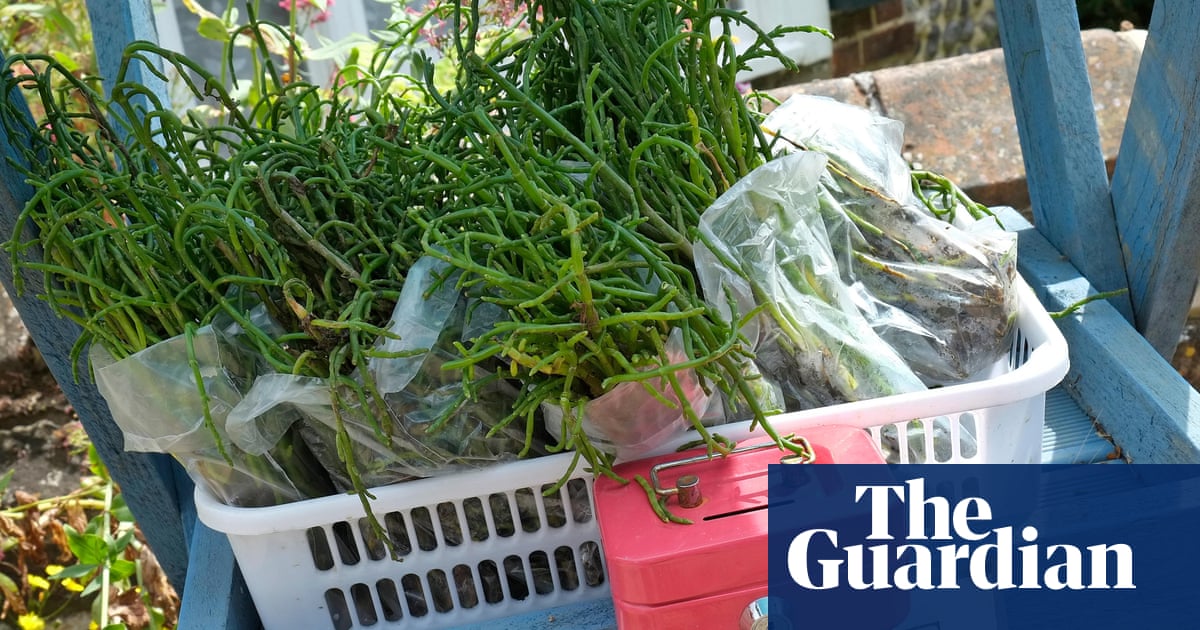
"Soon we were rumbling out across an impossibly wide and flat expanse, bound for the ripe, blustering winds and billowing steam trains of a varied network of time-warp beaches and little towns. Not expecting much, and yet falling a little more in love with each passing moment and meal, with each glistening fistful of perfect chips from No1 Cromer or a tea room crab roll after watching seals nose out of the water at Blakeney Point."
"I had definitely eaten and enjoyed the spindly green sea vegetable before our north Norfolk years, but I don't think it was until we visited in summer, when samphire is at its abundant, fleeting peak in the tidal mudflats that gird the shoreline, that I appreciated its connection to East Anglian culinary culture, or how special it is when sampled at the source."
North Norfolk moved from unfamiliar to beloved after a spontaneous booking in a seaside village near Holt and repeated visits across its wide, flat landscapes, time-warp beaches and little towns. Visits included sea-watching, steam trains, chips from No1 Cromer and crab rolls after watching seals at Blakeney Point. Family milestones, a second child, pandemic lockdowns and life shifts were punctuated by returns over a decade. Samphire season became the emblem of those summers. Samphire is a briny, delicately beaded marsh grass, locally pronounced 'sam-fer', abundant and fleeting in tidal mudflats and commonly appears on restaurant blackboards and fishmonger displays.
Read at www.theguardian.com
Unable to calculate read time
Collection
[
|
...
]